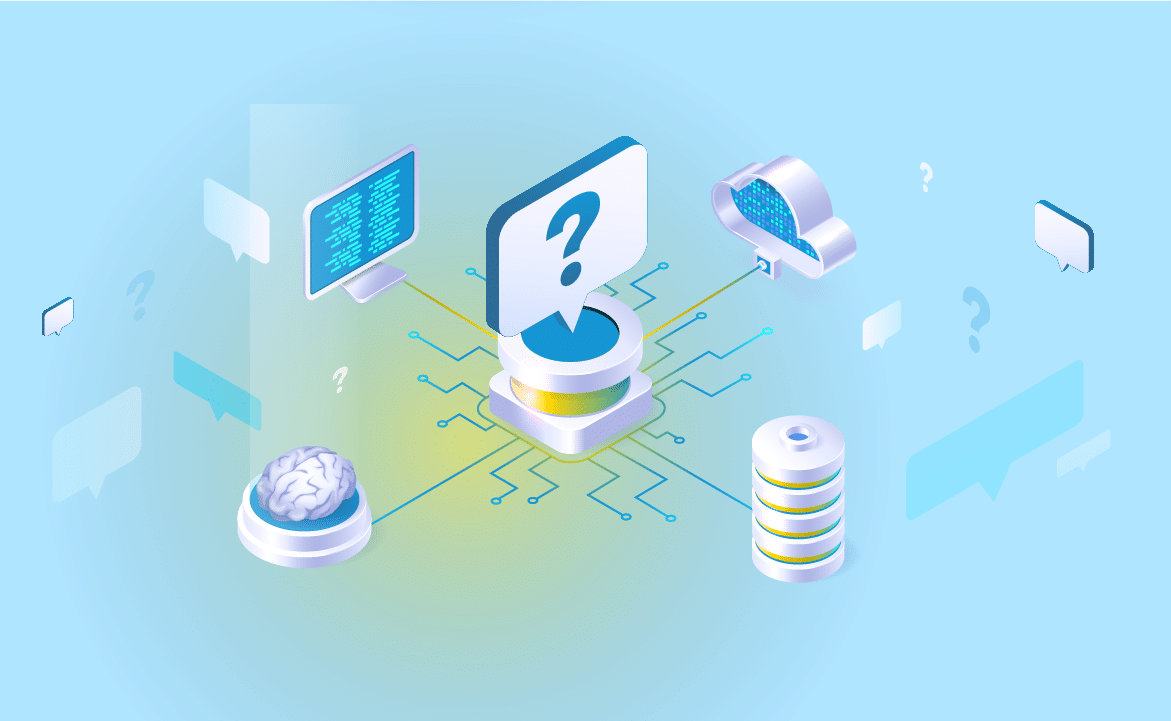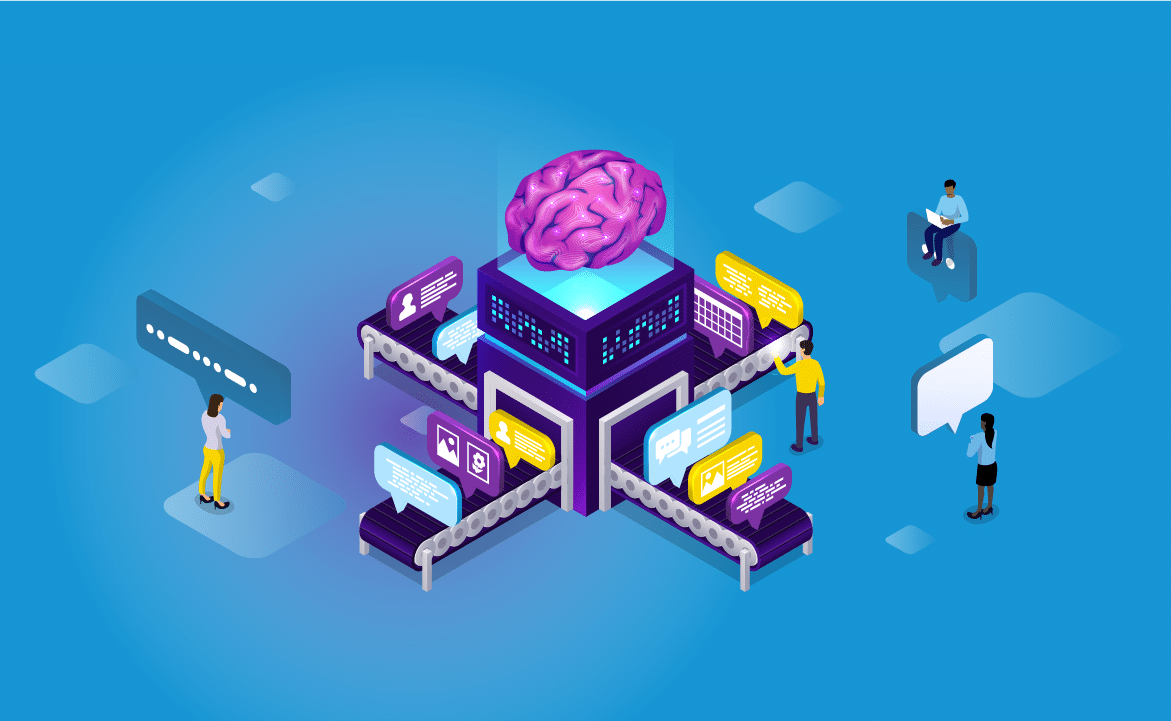MLOps is still a fairly new concept in many organisations, but according to Cognilytica, the global MLOps market will be worth $4 billion by 2025. The industry is growing by around 50% each year, as organisations look to deliver more value from cutting-edge AI programmes.
We asked our Equal Experts experts to provide answers to some of the most common questions about MLOps:
What is MLOps and why do we need it?
MLOps is a culture and set of best practices that teams can follow to productionize machine learning models. We need MLOps because it can replace the old-fashioned approach of building models in a separate data science team, and then throw them over the wall to a software engineer team.
What is the difference between MLOps and DevOps?
The difference between MLOps and DevOps is that MLOps is more far reaching as a framework. In many ways, MLOps can be seen as an extension of DevOps. Once a team productionizes machine learning models, some special roles are needed like Data Scientist and Machine Learning Engineers. MLOps gives guidance on how to integrate these roles, and how to handle the technology that is needed to develop and evolve the machine learning models.
How do you learn MLOps?
If you want to learn MLOps the good news is that there are plenty of courses and tutorials. Our advice is not to focus too much on the tools, but to learn the technology-independent best practices and patterns.
What does MLOps stand for?
It stands for Machine Learning Operations.
Why don’t AI projects make it to production?
Many companies don’t realise that a machine learning model only starts its life in a (Jupyter) notebook. Once you have built a model, it needs to evolve and become a part of your technology landscape. This phase of AI development is the most difficult and probably takes most of the time. If you are struggling this article might help.
When is the best time to employ MLOps?
The best practices for MLOps can be applied to any project and team that is working with machine learning. There’s no one best time to employ MLOps.
How do you deploy ML models into production?
To deploy ML models into production, remember that an ML model should be treated as an artefact that needs to be versioned, governed, and managed. This artefact can be deployed to a system in a variety of ways. A common one is in the form of an API, where a wrapper is placed around it so the model can serve as a microservice. Now the API can be published on the company network. Other options are to load the model artefact in memory for distributed stream processing, as a procedure in a database or to deploy the model on edge devices in the internet of things.
What are examples of ML models in daily life?
Nowadays there are too many examples to mention. Some examples of ML models in daily life might include the social media feed you see using a machine learning model to present you content. The spam filter in your email is a machine learning model. The recommendations that a website presents to you. A self-driving car is packed with ML. Basically any system that works with data is likely to have an ML model integrated.
Why do ML models degrade in production?
ML models degrade in production because of a process called data drift. This means that the data that the model is using in production is different from the data that it was trained on. This is common, since in most use-cases system behaviours change over time, for example customer behaviours change frequently according to the season. Therefore it is important to keep retraining your models on recent data.
Are machine learning and AI the same thing?
No, machine learning and AI aren’t the same thing. Machine learning is a subset of AI where algorithms are developed and trained on historical data, without being explicitly told how, to make predictions about new data. AI is mostly used in a broader sense, indicating systems that perform intelligent tasks in a human-like manner.
If you want to learn more about MLOps, we’ve written a playbook (pdf version), blogs and case studies which can all be found here.




